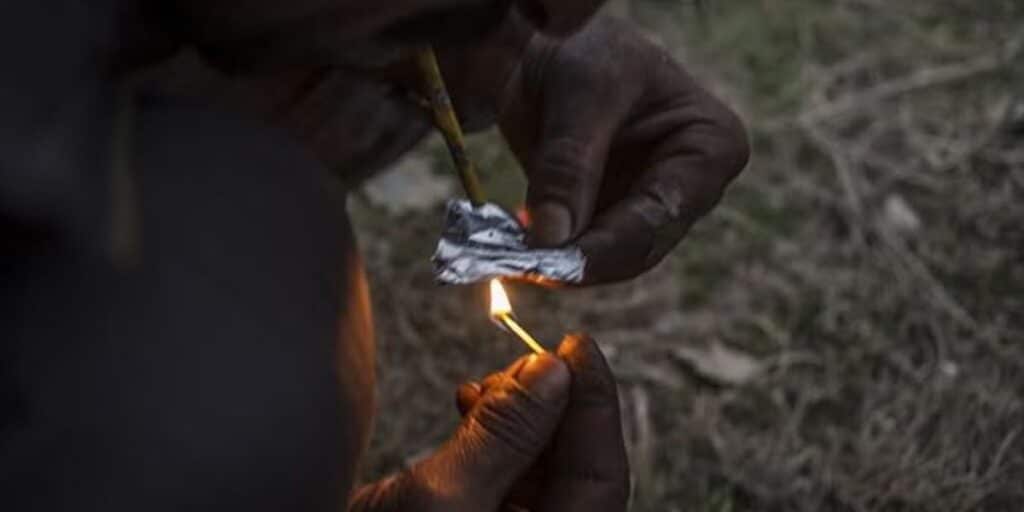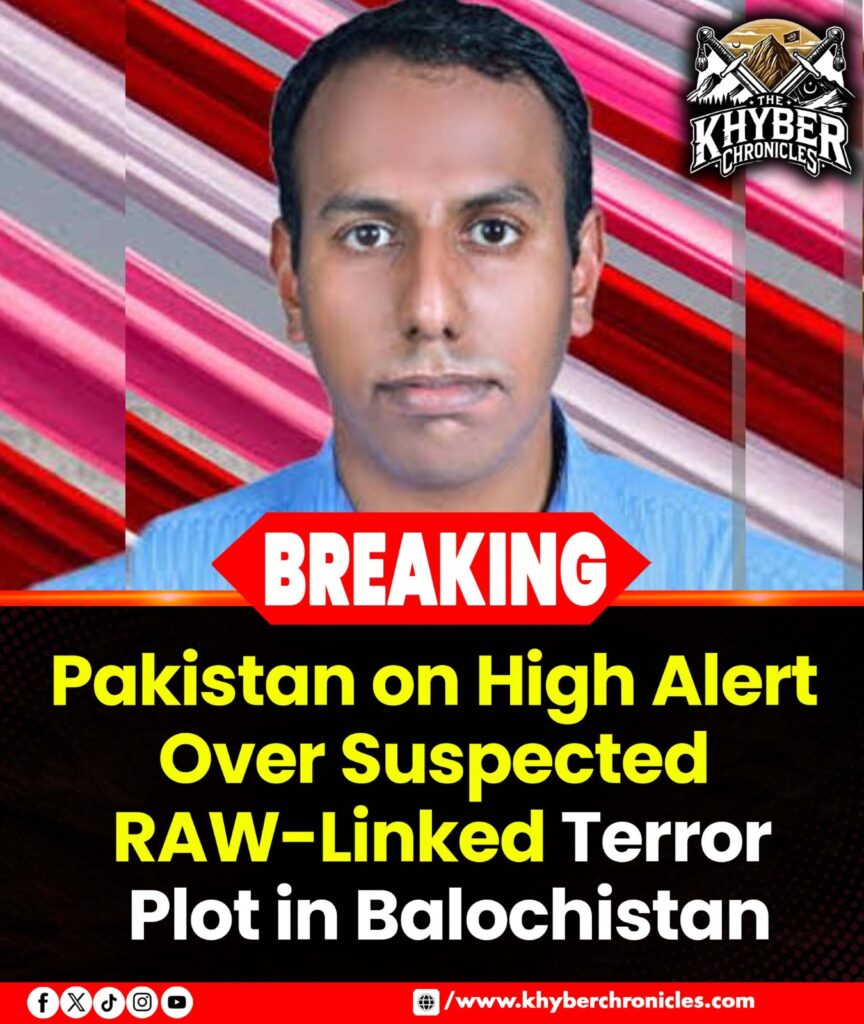QUETTA:Balochistan is facing a silent but devastating war—not only from armed conflict but also from a rising tide of drug addiction.
In districts like Barkhan and Rakhni, crystal meth and other narcotics are flooding communities, pushing young people into addiction at alarming rates.
This growing drug epidemic is not accidental. Insurgent outfits such as the BLA (Balochistan Liberation Army), BLF (Balochistan Liberation Front), and BRAS (Baloch Raji Ajoi Sangar) are allegedly exploiting narcotics as tools of warfare, using addiction to weaken social structures and recruit vulnerable youth into militancy.
This strategy, known as narco-terrorism, poses a grave threat to the stability of the region. The state must take urgent action—shutting down drug routes, severing terror-financing pipelines, and investing in rehabilitation—to save the youth and future of Balochistan.
Over the last 20 years, drug abuse in Balochistan has intensified, transforming from a fringe issue into a full-blown public health and security crisis.
As of 2022, official figures estimated around 280,000 drug addicts in the province—up from 230,000 in 2013. A significant portion of these users are under the age of 40, indicating that the youth are the most vulnerable demographic. The primary substances include heroin, hashish, and more recently, crystal meth (locally called “ice”).
Balochistan’s strategic location along trafficking routes from Afghanistan—one of the world’s largest producers of opium and meth—makes it a major conduit for drug smuggling.
The porous border and rugged terrain allow traffickers to move narcotics with relative ease, especially through regions like Zhob, Panjgur, and Chaman.
Unfortunately, healthcare and rehabilitation infrastructure remains underdeveloped. While the provincial government has attempted to establish rehab centers in cities like Quetta, Lasbela, and Lorelai, access remains limited, particularly in rural and conflict-affected areas.
ALSO READ: LEAs captures smuggling attempt of Indian Narcotic Drugs
There is also a lack of reliable statistics on drug-related deaths, but anecdotal reports from NGOs and local clinics suggest an increase in fatal overdoses, suicides linked to addiction, and long-term health complications.
This worsening situation highlights the urgent need for an integrated strategy—combining drug law enforcement, de-radicalization programs, and robust public health interventions—to address both addiction and its exploitation by militant groups.





